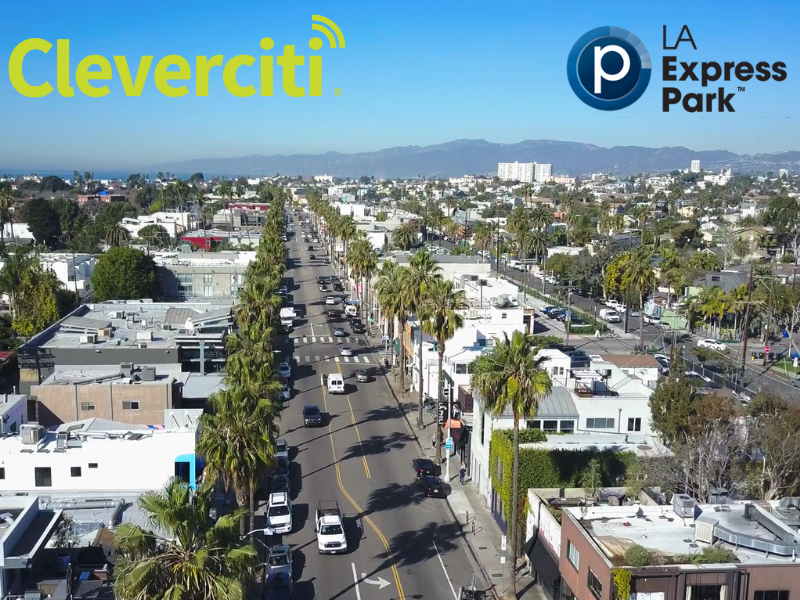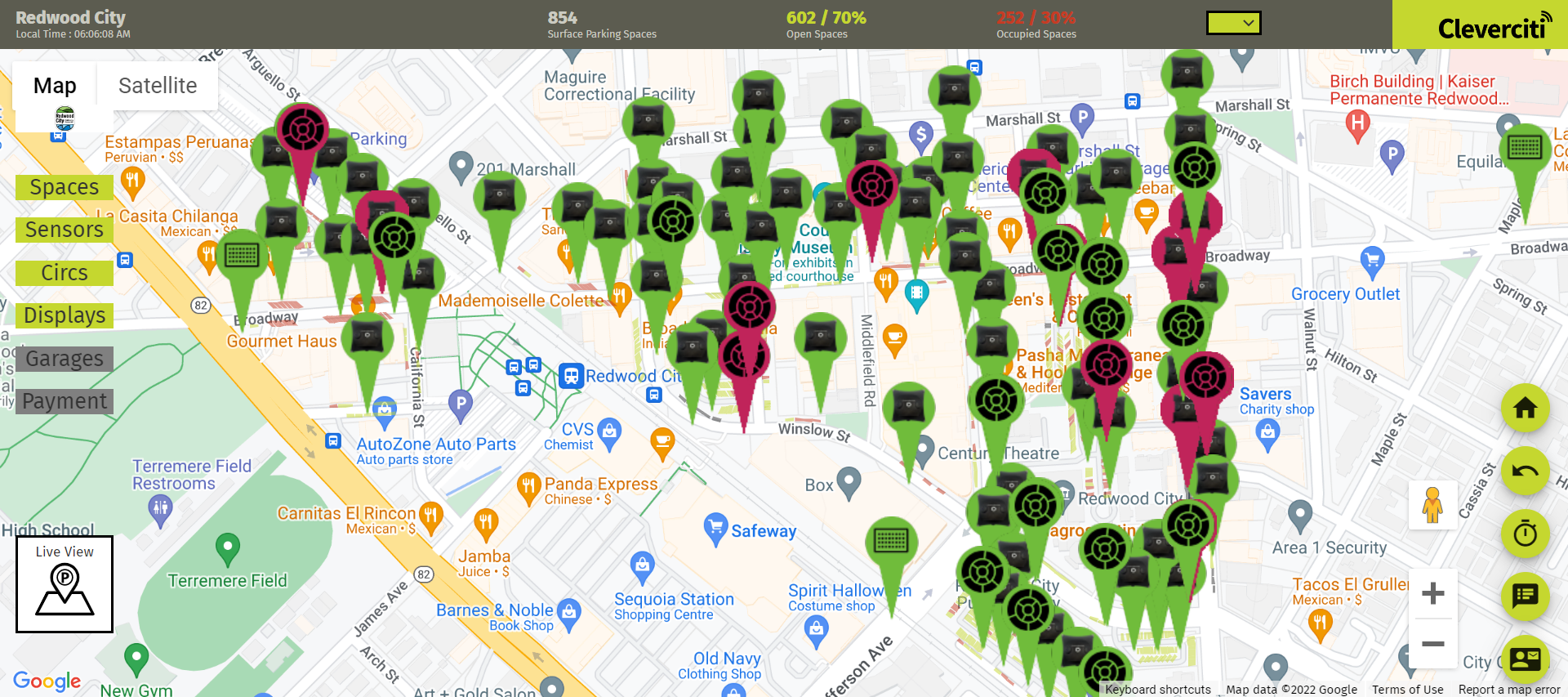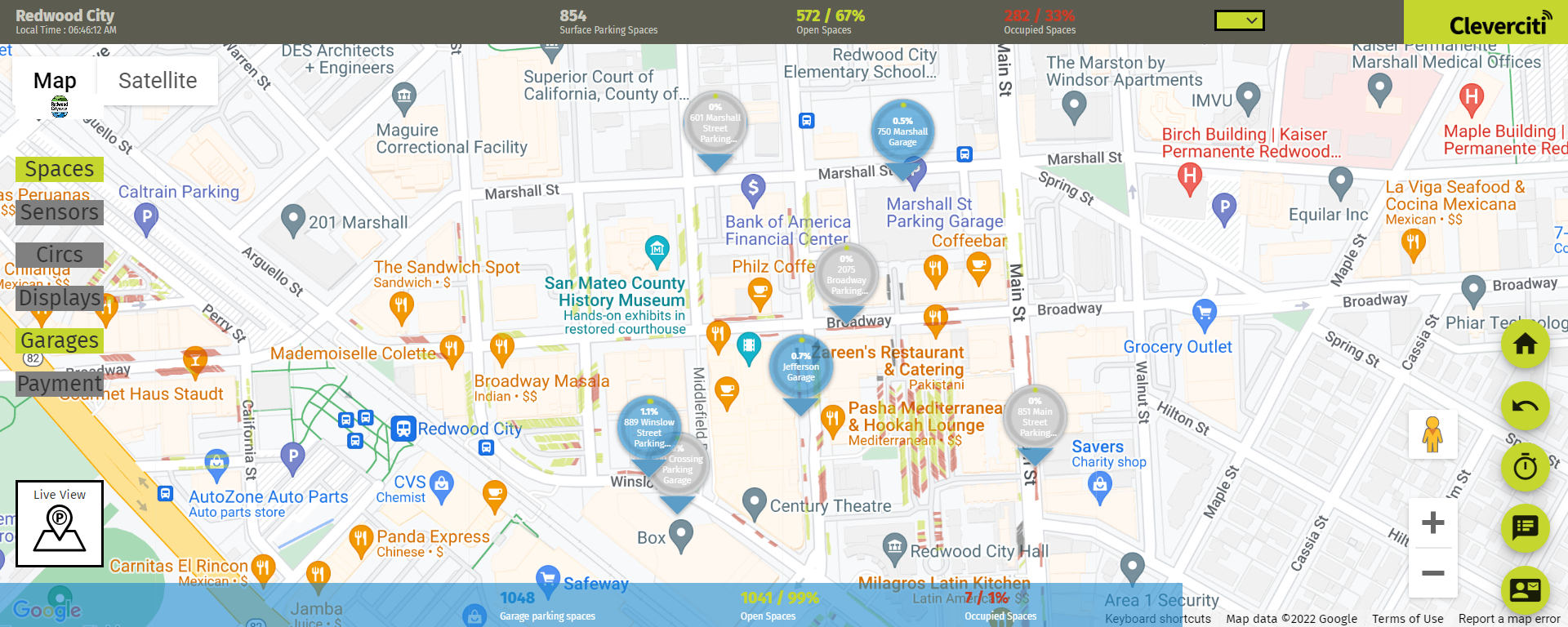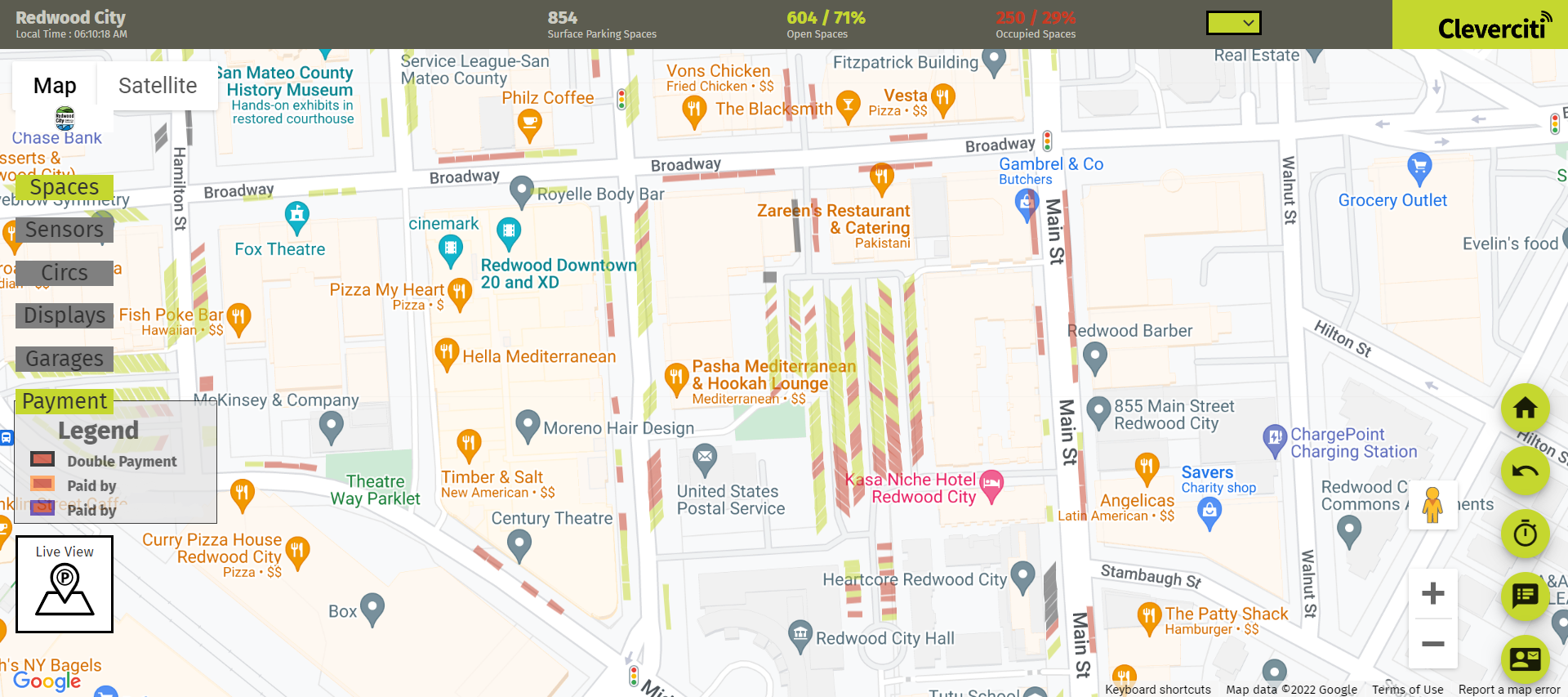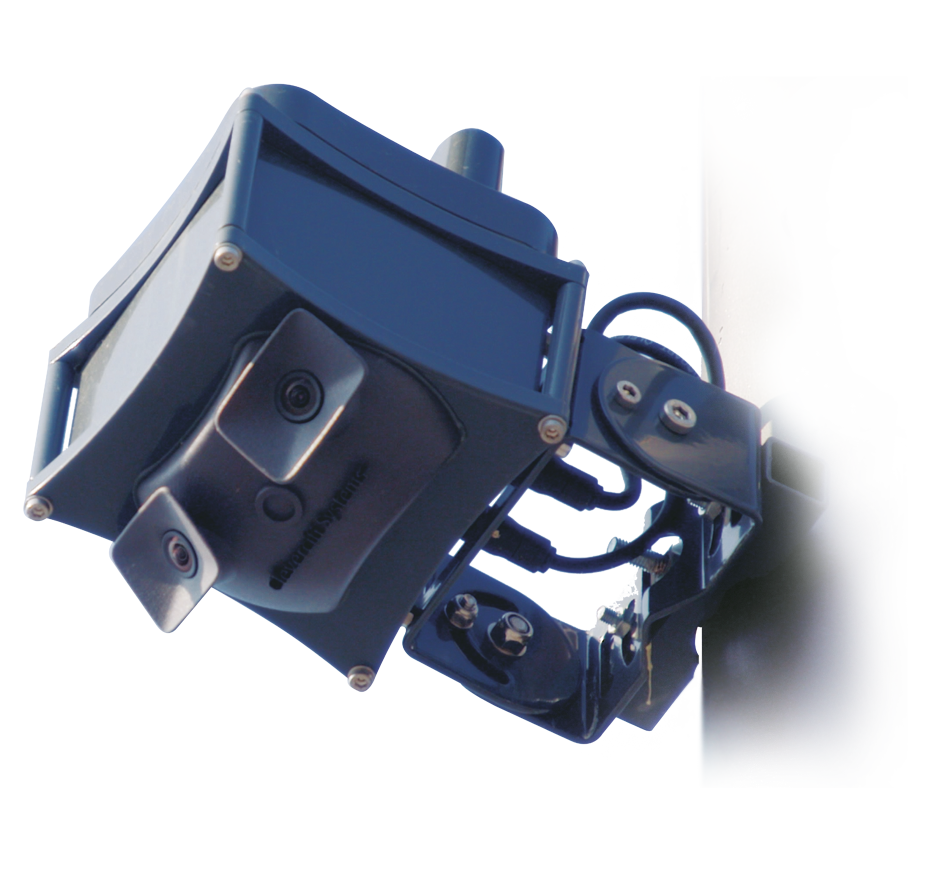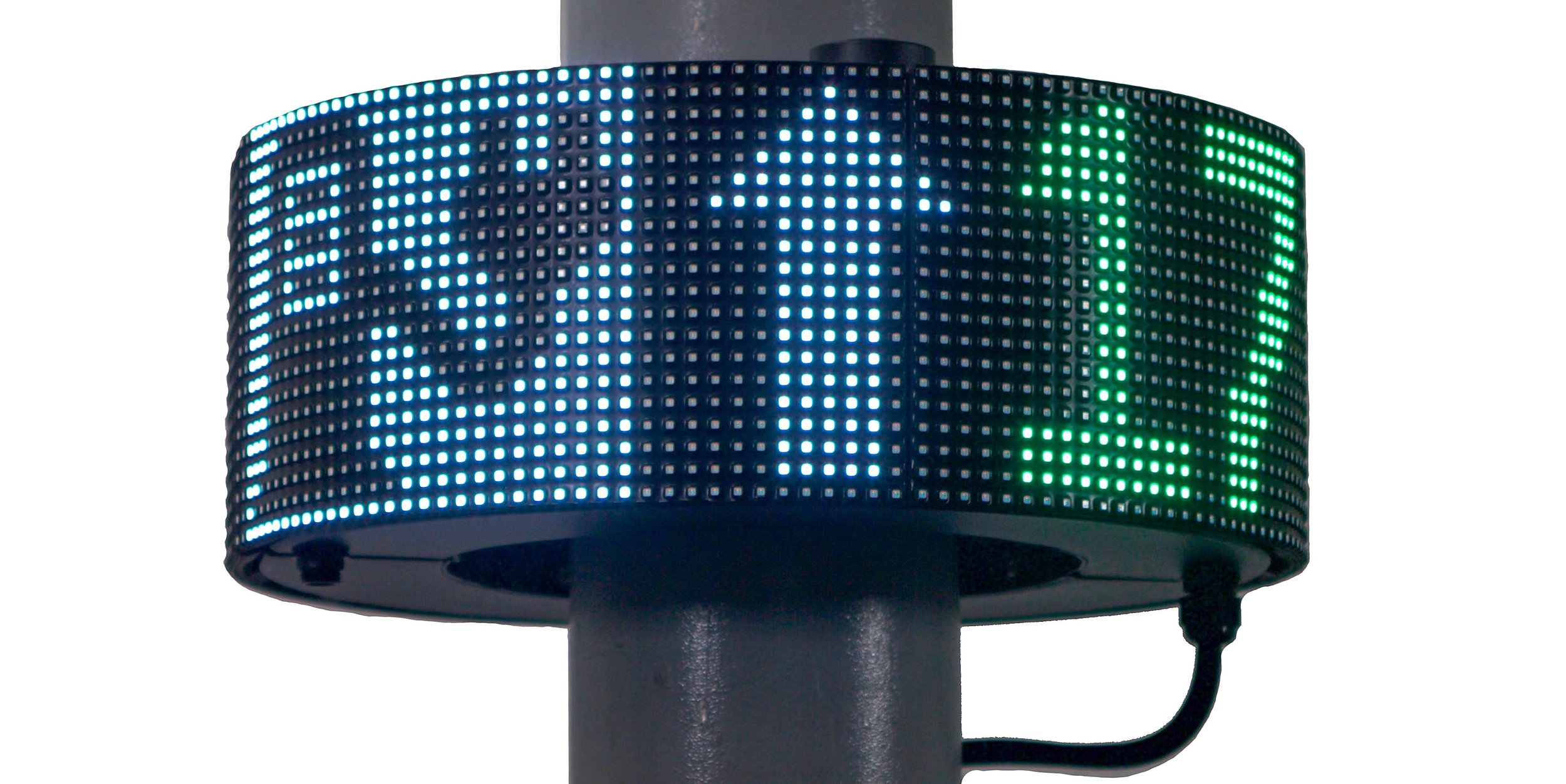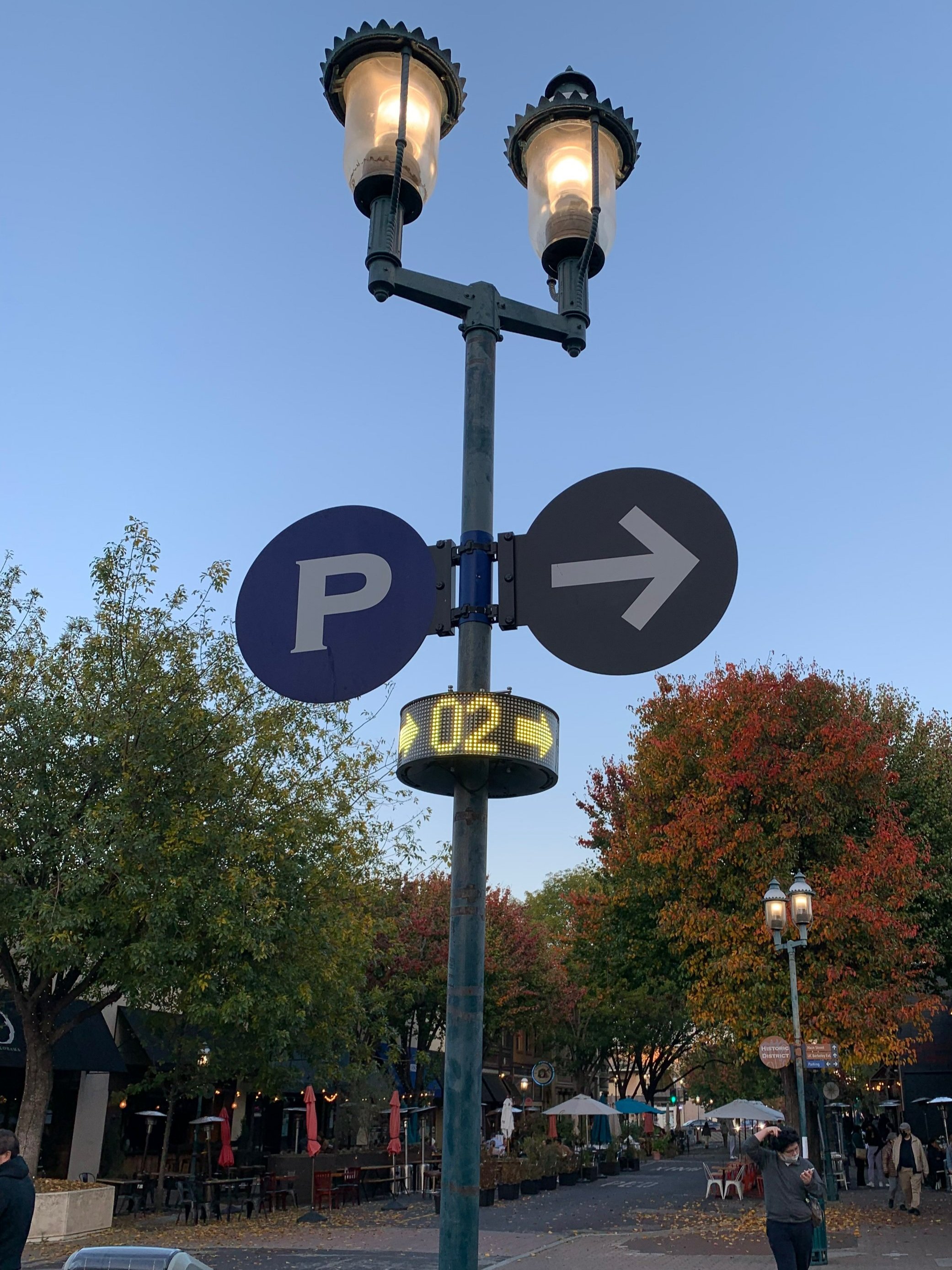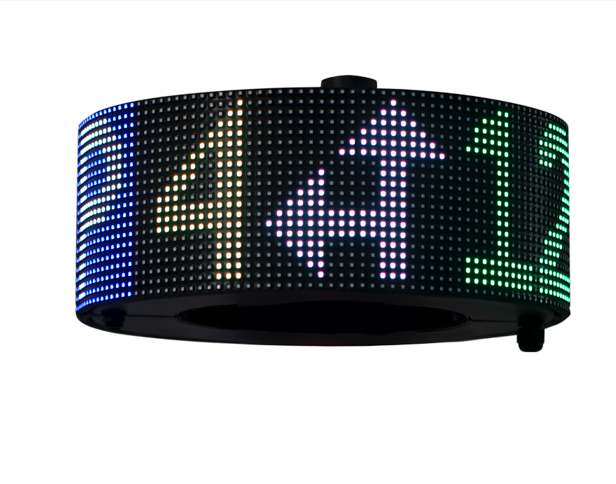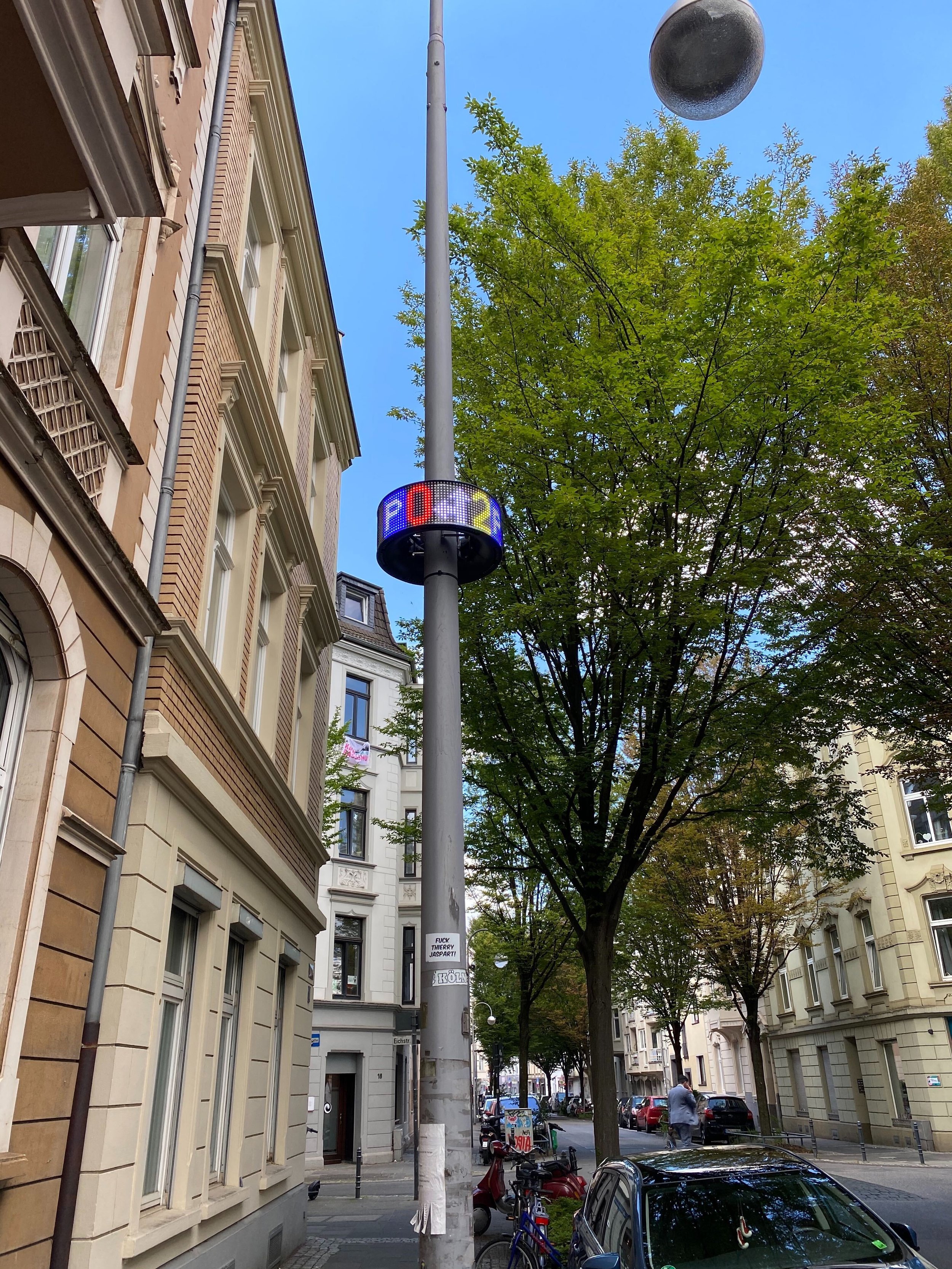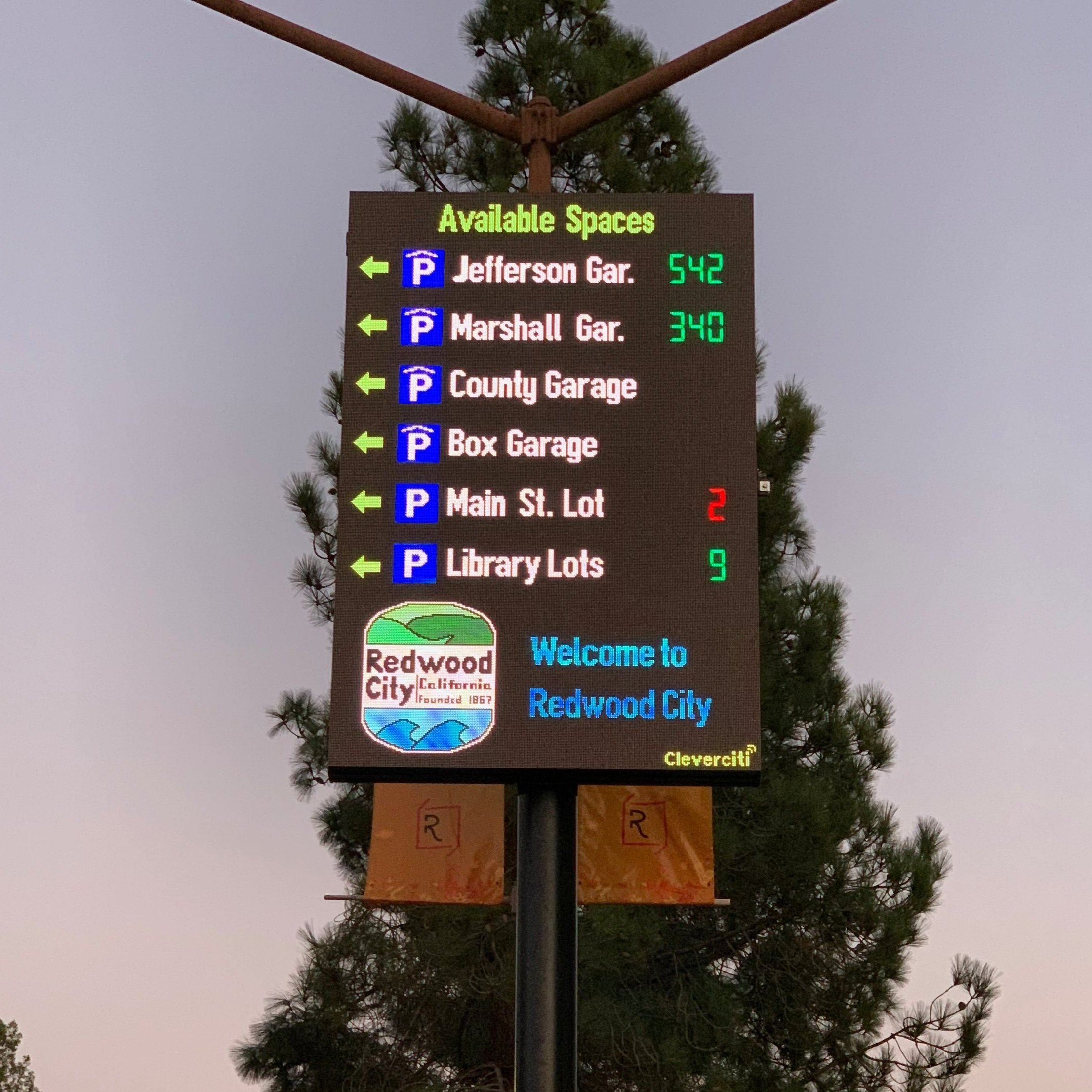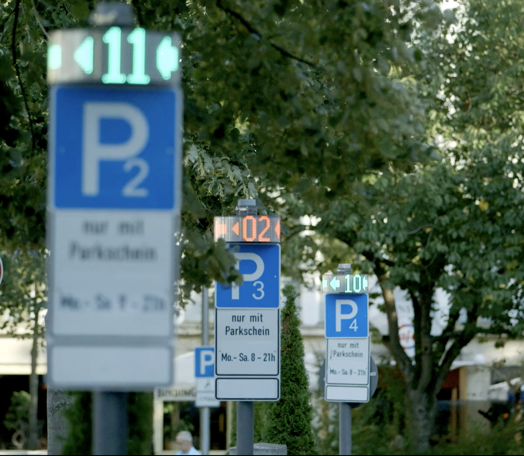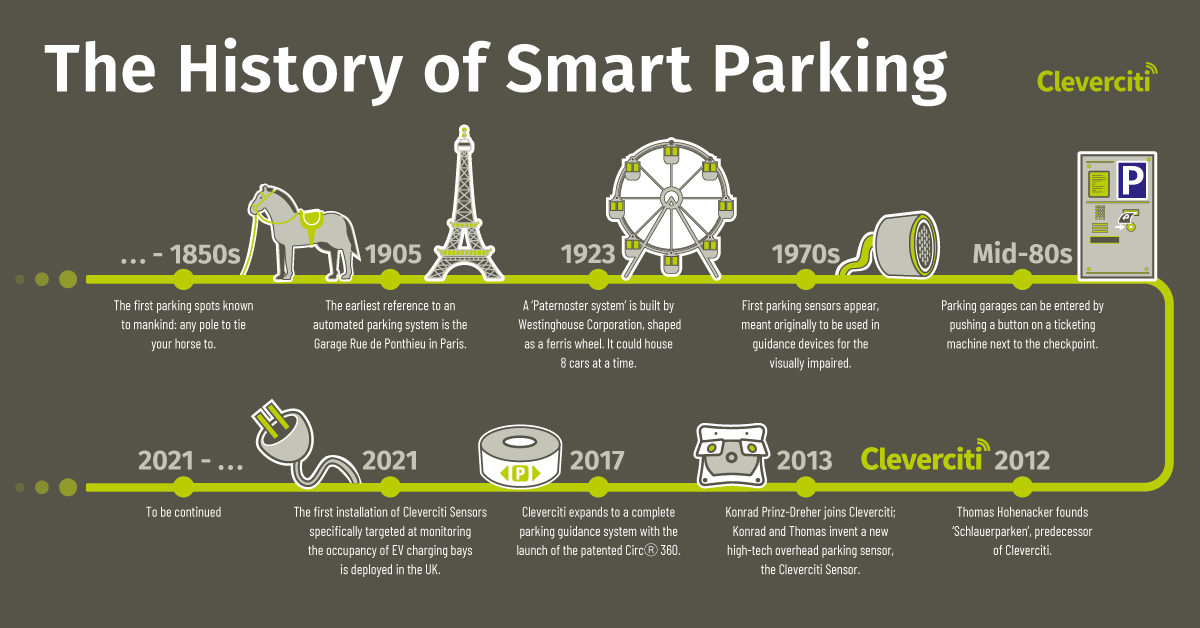Last week's #IPMI2023 was a hit! Thank you to the IPMI staff and volunteers who made it all possible. The Cleverciti team had an amazing time connecting with our clients and colleagues from throughout the industry. The parking, transportation, and mobility industry continues to transform rapidly, playing a vital role in the future of our communities. After many conversations with friends and partners alike, here are our top three themes from this year's show!
Curb Management
Curb management seems to mean something different to everyone, but it looks like we can all agree on the importance of data-driven insights with new technology playing a key role.
Granular data equals granular reporting and research. Capturing curb activity in real-time allows for new levels of efficiency, with insights parceled out by time ranges, locations, user groups, or curb-related activities such as EV charging, loading, pickups, etc.
These new innovations and inventory tools are also creating a diverse range of options and opportunities for parking operators. These include dual-use curblanes, dynamic pricing, multi-modal integration, real-time feedback, shared mobility, and more.
The combination of all of these innovations continues to drive the technological diversity of our industry, while creating more equitable parking, transportation, and mobility solutions for all.
Guided Enforcement
We've come a long way since the days of handwriting parking tickets and placing them on a windshield. Automated parking enforcement technologies are rapidly making their way into our communities, utilizing solutions like optical detection and computer vision systems to monitor parking and automate visual verification alerts.
Benefits of guided automated parking enforcement systems include increased efficiency, streamlined staffing, increased revenues, improved compliance rates, enhanced safety, and cost savings. Guided enforcement solutions are also equipped to generate and evaluate significant data related to parking patterns, occupancy rates, and violation trends. This enables stakeholders and owners to make the decisions necessary to further improve their operations and make informed policy and planning decisions.
Wayfinding
Real-time and accurate occupancy detection is what leads to trustworthy and reliable parking guidance. One of the greatest advancements made in recent years within our industry is the contribution to creating cleaner and more sustainable communities. The search for parking spaces at a global level emits a significant level of emissions, while causing drivers to spend a considerable amount of time in their search and keeping them from their destinations. Parking wayfinding utilizes solutions like static and dynamic signage, mapping, and other tools to guide drivers directly to available parking spaces.
Benefits of enhanced wayfinding solutions include reduced search times, enhanced user experiences, effective parking space utilization, increased revenue generation, increased parking turnover, reduced traffic congestion, enhanced safety, and yes, more opportunities for data collection and analysis (are you seeing a theme here?). Each of these outcomes not only creates a much more convenient and comfortable parking experience for drivers, but also improves the overall parking operation.
Most importantly, streamlining the search for available parking spaces helps to dramatically reduce the levels of emissions generated by these activities. Providing real-time parking guidance information through any available communication channel allows patrons to drive directly to an available parking space and get on their way as quickly as possible.
Looking Ahead
These three key themes from the IPMI show this year may be vital, but they are just the tip of the iceberg! The conversations, collaborations, and connections made at this event will no doubt have a lasting impact on our ability to continue to support our clients and their communities. We look forward to continuing to work with IPMI this year, as well as all of the amazing parking owners, operators, and solution providers to continue to move the industry forward.
Connect with Cleverciti today to get started implementing any or all of these innovations into your on- or off-street parking operation. Cleverciti offers an extensive lineup of smart parking technology solutions designed to enhance the customer experience, while providing owners and operators with the tools to maximize their parking operation from staffing to revenue. Schedule a one-on-one meeting or demo to discuss your organization’s unique needs and take your operation to the next level.
We’ll see you next year in Columbus!







